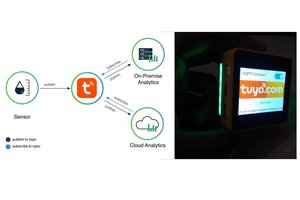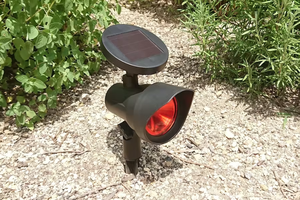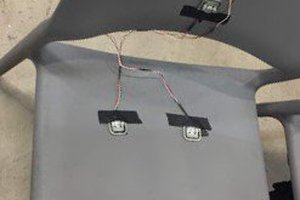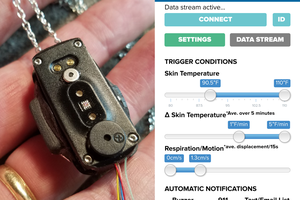Background
Found these devices on sale a few months ago and bought them with the intent to check out their innards. Most notably, the device claims to have "Encrypted Digital Communication" which I wanted to see for myself. I also wanted to practice recovering the firmware.
Goals
This is just a fun project for me to work on during downtime at home. Things I would like to do:
- Dump the firmware and try to identify the processor
- Analyze the RF signal
- Identify the encryption and test the device's ability to stay secure
 Jake R.
Jake R.


 Sumit
Sumit
 AIRPOCKET
AIRPOCKET

 Curt White
Curt White
I'm interested in replacing the screen in one of these devices. Do you have any advice on how to open them without cracking the case? After removing 4 screws on the battery section, the back cover is not budging in the antenna section. I cannot find any additional screwn, and the antenna is not coming out either. Any suggestions welcome!